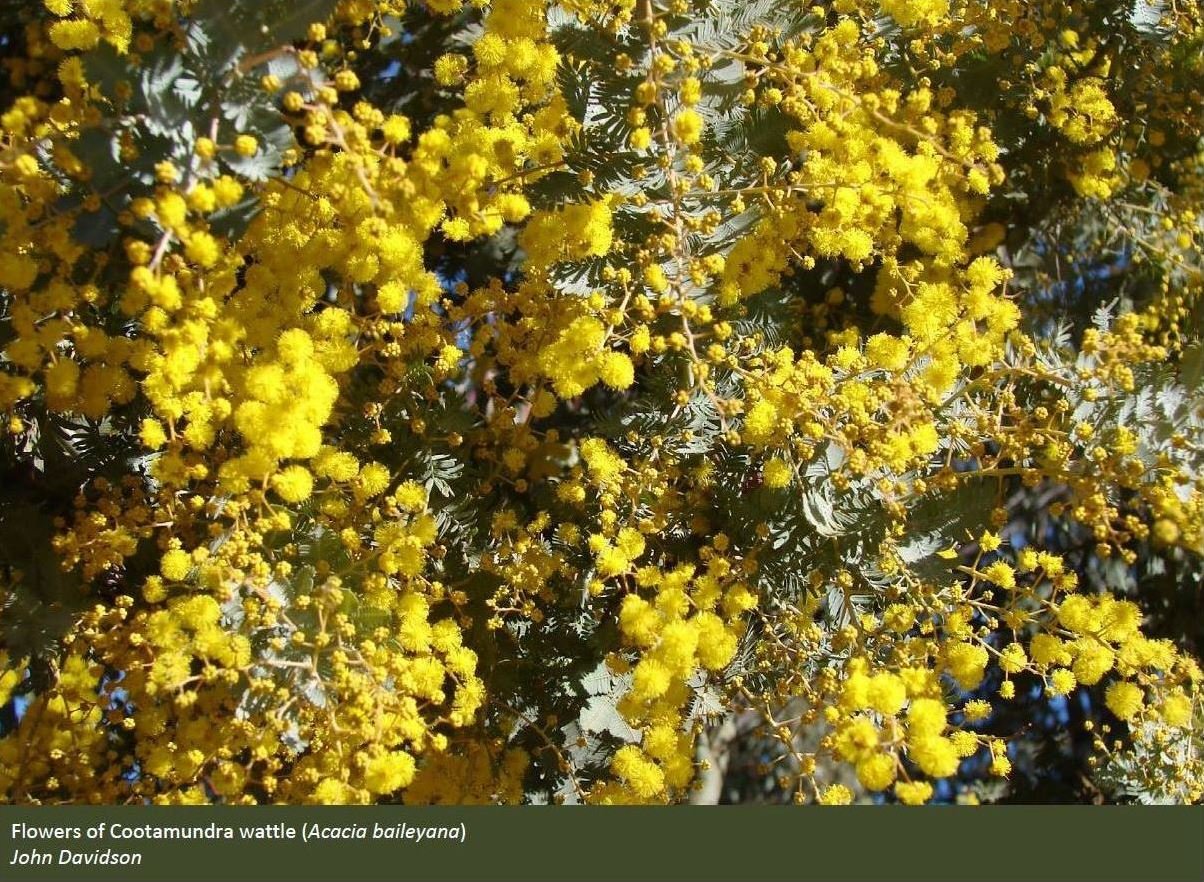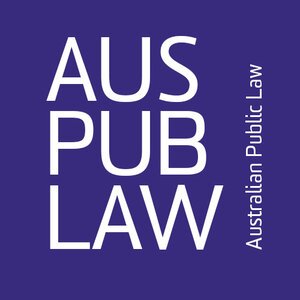
Index
- March 2025 2
- February 2025 2
- January 2025 1
- November 2024 5
- October 2024 2
- August 2024 3
- July 2024 2
- June 2024 4
- May 2024 1
- April 2024 5
- March 2024 5
- February 2024 4
- January 2024 2
- December 2023 5
- November 2023 7
- October 2023 4
- September 2023 5
- August 2023 3
- July 2023 5
- June 2023 3
- May 2023 5
- April 2023 3
- March 2023 5
- February 2023 9
- December 2022 9
- November 2022 3
- October 2022 7
- September 2022 4
- August 2022 8
- July 2022 3
- June 2022 4
- May 2022 9
- April 2022 7
- March 2022 2
- February 2022 5
- December 2021 7
- November 2021 12
- October 2021 9
- September 2021 14
- August 2021 9
- July 2021 5
- June 2021 9
- May 2021 4
- April 2021 3
- March 2021 13
- February 2021 7
- December 2020 1
- November 2020 4
- October 2020 4
- September 2020 5
- August 2020 5
- July 2020 8
- June 2020 5
- May 2020 11
- April 2020 6
- March 2020 5
- February 2020 3
- January 2020 1
- December 2019 1
- November 2019 3
- October 2019 2
- September 2019 2
- August 2019 4
- July 2019 2
- June 2019 2
- May 2019 5
- April 2019 8
- March 2019 2
- February 2019 3
- December 2018 1
- November 2018 9
- October 2018 2
- September 2018 5
- August 2018 3
- July 2018 3
- June 2018 2
- May 2018 5
- April 2018 7
- March 2018 3
- February 2018 4
- December 2017 3
- November 2017 7
- October 2017 4
- September 2017 3
- August 2017 3
- July 2017 1
- June 2017 3
- May 2017 2
- April 2017 3
- March 2017 4
- February 2017 3
- January 2017 1
- December 2016 3
- November 2016 4
- October 2016 2
- September 2016 1
- August 2016 3
- July 2016 1
- June 2016 3
- May 2016 3
- April 2016 4
- March 2016 4
- February 2016 3
- January 2016 1
- December 2015 2
- November 2015 4
- October 2015 4
- September 2015 4
- August 2015 3
- July 2015 6
- June 2015 6
What does the US Supreme Court’s decision in Dobbs tell us about the virtues of Australia’s approach to protecting fundamental rights?
Theunis Roux
Australia is one of the few liberal democracies today without a judicially enforced bill of rights in its national constitution. Instead, the protection of rights is largely left to the democratic process. What does the US Supreme Court’s recent decision on the right to abortion in Dobbs v Jackson Women’s Health Organization 597 US ___ (2022) tell us about the virtues of this approach?
Anti-corruption bodies in 2021 and their impact on the 2022 elections
Ryan Feuerherdt
Heading into the final weeks of the 2022 federal election campaign, it was difficult to avoid the extensive discussion devoted to the issue of government accountability and integrity.
The failure of Scott Morrison’s Coalition government to implement an anti-corruption body was successfully targeted by the Australian Labor Party, the Greens, as well as the various ‘teal independents’, throughout the campaign.
Are Truth in Political Advertising Laws Constitutional?
Kieran Pender
A federal election is imminent. Following the Mediscare scandal of 2016 and the death tax saga of 2019, it is perhaps only a matter of time before a major mis- or dis-information campaign hits the 2022 election. Attention will inevitably turn to a regulatory response. One frequently-cited proposal is a truth in political advertising law, which would penalise false or misleading political advertising. Such laws currently exist in South Australia and the Australian Capital Territory. Last year, independent MP Zali Steggall proposed a federal equivalent via a private member’s Bill.
The ‘March of Structured Proportionality’: The Future of Rights and Freedoms in Australian Constitutional Law
Dane Luo
Following a ‘march of structured proportionality’ globally, the High Court adopted, in the 2015 McCloy v New South Wales (2015) decision, the framework of ‘suitability’, ‘necessity’ and ‘adequacy in the balance’ to a legitimate end to assess the proportionality of laws that burden the implied freedom of political communication (implied freedom).
Can Clive Palmer use Investor-State Dispute Settlement to get what the High Court wouldn't give him?
Jonathan Bonnitcha
The High Court’s decisions in Mineralogy v WA and Palmer v WA end the dispute between Mineralogy/Clive Palmer and the Western Australian government as a matter of Australian law. It is not, however, the end of the dispute. A Singaporean-incorporated entity in Palmer’s corporate group is now poised to commence international arbitration. …
The Kerr Report, 50 Years On: An Overseas Overview
Paul Daly
Before situating the Kerr Report in what I consider to be its historical context, let me begin with a quibble. The Kerr Report considered comparative materials in some detail. This must have taken considerable effort in days where information from the United States, the United Kingdom, New Zealand …
Judicial Federalism in Australia book forum: Brendan Lim
Brendan Lim
History, theory, doctrine and practice. The subtitle of this splendid new book by Gabrielle Appleby, Anna Olijnyk, James Stellios and John Williams, Judicial Federalism in Australia: History, Theory, Doctrine and Practice (Federation Press, 2021), reminds us of the many different resources on which we can draw in …
Judicial federalism in Australia book forum: Erin Delaney - Kable, federalism, and political constitutionalism
Erin F. Delaney
If, as A.V. Dicey once wrote, ‘federalism means legalism,’ it is particularly surprising that studies of federalism so often overlook a federal system’s judicial architecture and its operation. Exploring the ‘predominance of the judiciary in the constitution’ often begins and ends with analysis of …
Judicial Federalism in Australia book forum: Authors' Response
Gabrielle Appleby, Anna Olijnyk, James Stellios & John Williams
This book is the result of years of collective and collaborative thinking around Chapter III of the Australian Constitution, and, to use Professor Sarah Murray’s phrase, the ‘unique form of Australian judicial federalism’ that it reflects today. We are delighted to see the book launched …
Book forum: Jackson Wherrett
Jackson Wherrett
On one level, Dr Amanda Sapienza’s Judicial Review of Non-Statutory Executive Action is a novel examination of an under-explored area of administrative law. At the same time, it joins a very long line of scholarship that considers the principle of the separation of powers. More particularly, it draws on the …
Corruption and Human Rights Sanctions in Australia: Where Public Law Meets Foreign Policy
Anton Moiseienko
In 2020, the Australian Parliament’s Joint Standing Committee on Foreign Affairs, Defence and Trade (JSCFADT) held an inquiry into the potential introduction of corruption and human rights sanctions, also referred to as ‘Magnitsky’ sanctions. The inquiry culminated in a report calling on the government to ‘enact stand alone …
Statutory interpretation under section 48 of the Human Rights Act 2019 (Qld): the first eighteen months
Benedict Coxon
On 1 January 2020, the Human Rights Act 2019 (Qld) (QHRA) entered fully into force, including the interpretive provision contained in s 48, which was modelled on s 32 of the Charter of Human Rights and Responsibilities Act 2006 (Vic) (Charter) and s 30 of the Human Rights …
The ‘Ecological Limitation’: Exploring the Implications of Climate Change for the Australian Constitution
Costa Avgoustinos
The Australian climate litigation movement has recently made significant inroads into the field of negligence. In Sharma v Minister for the Environment (2021) (Sharma), the Federal Court held that the Minister for the Environment owes a duty to Australian children to take reasonable care when considering approval of a coal …
The Commonwealth Ombudsman: still fit for purpose?
Anita Stuhmche
This series celebrates and analyses the ‘new administrative law’ as it has developed in Australia since the Kerr Committee’s report 50 years ago. The focus of this blog is the Commonwealth Ombudsman. My argument is that the institution is no longer fit for purpose. …
Launch of the Feminist Judgments and Critical Judgments Projects website!
Gabrielle Appleby & Rosalind Dixon
Last week, the Gilbert + Tobin Centre of Public Law was delighted that the Hon. Margaret McMurdo AC launched the Feminist Judgments and Critical Judgments Projects website (www.criticaljudgments.com). Margaret was the first female president of an appellate court in Australia when she was appointed as the President of the Queensland Court of …
Delays in Parole Applications at the Parole Board Queensland: An Action in False Imprisonment?
Anna Kretowicz
In March 2021, there were an estimated 2,100 undecided new applications at the Parole Board Queensland (the Board). While administrative backlogs are undesirable (one need only think of the Administrative Appeals Tribunal, where a backlog of 53,000 applications in 2018 left the body in chaos), the problem here compounds with the legislative …
















